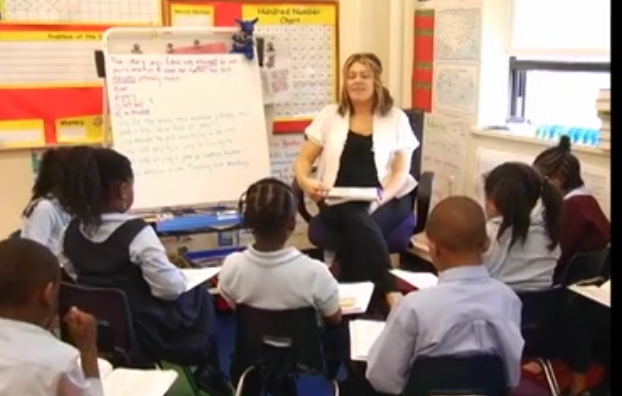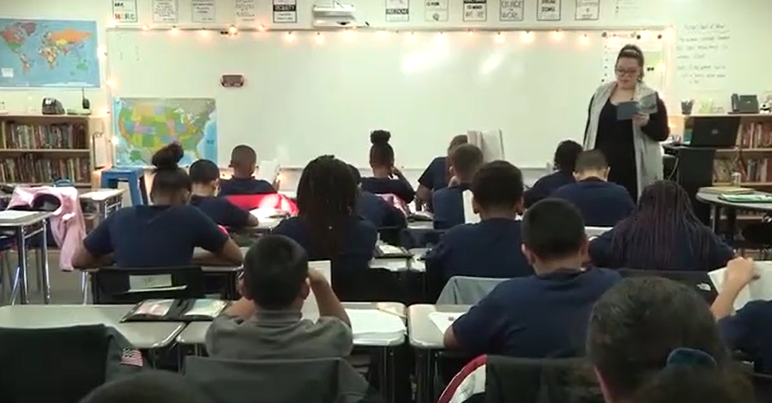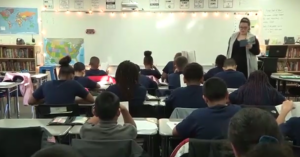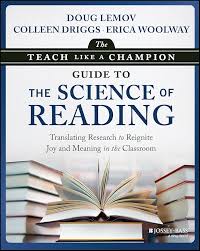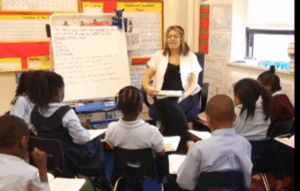
Just waiting for the fun to start….
Reading aloud both to and WITH students is one of the most important things teachers can do in reading class. Doing so helps build accuracy and automaticity in a way that silent reading can’t. And when students are socialized to read with a bit of prosody, to capture the intended meaning in their expression–we get double value because prosodic oral reading leads to prosodic–and therefore better–silent reading. This is a point Colleen Driggs, Erica Woolway and I make repeatedly in our forthcoming book The Teach Like a Champion Guide to the Science of Reading.
But teachers are often reluctant to ask students to read aloud. They’re worried students won’t want to read or that they will struggle. Or they think they’re “not teaching” when students read aloud.
Yes it’s important to build systems to cause all students to be attentive when read aloud happens. FASE Reading is a great tool for that. Yes, it’s important to have a plan for student who will struggle. But it’s also important to understand that those are solvable problems. Especially if you are attentive to building a positive reading culture.
A phrase we sometimes use is “celebration is as important as correction.” And you can see that clearly in this beautiful video (one of our longest serving in the TLAC library) of Hannah Lofthus.
Hannah celebrates Cartier’s expressive reading beautifully: His classmates get to talk about “what’s so great” about his fluent prosodic reading. Hannah rewards him by letting him read a bit more. [Note that Cartier punches it up a bit on the second read; he knows he’s got it and he’s proud]. And then it’s Mahogany’s turn and she’s NOT going to be outdone.
Yes, there is also correction and deliberate practice. Those are critical factors. But this video is a beautiful example of how we can make effective oral reading go viral in the classroom by attending to the culture of reading.
